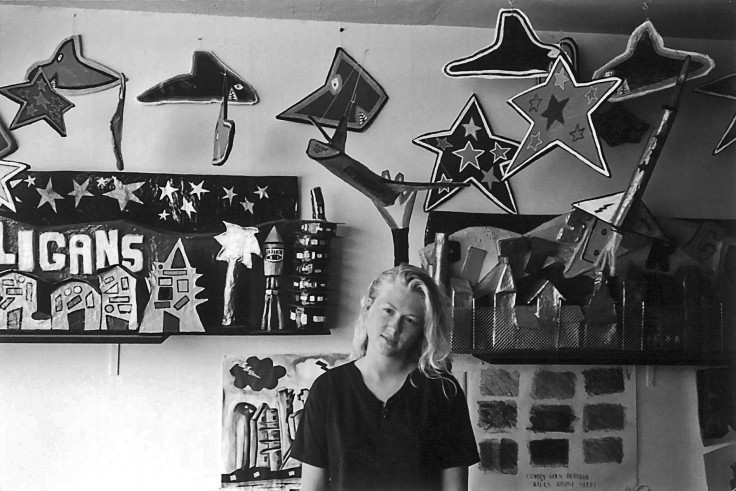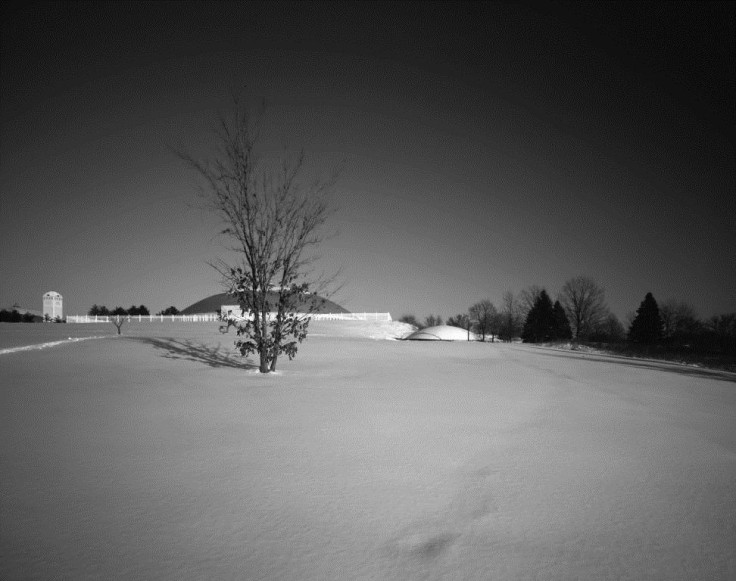What Is Transcendental Meditation? Author Claire Hoffman Goes Inside Maharishi Mahesh Yogi's Movement

This year about fifteen people have asked me about learning transcendental meditation (TM). I am not a meditation teacher, nor am I remarkably serene. I do live in Los Angeles — which I know for many New Yorkers is akin to living in an ashram — but many of those who ask me about meditation live elsewhere.
People ask me about meditating because I have been practicing TM, on and off, for about 36 years. According to some extremely sloppy math, I think I’ve meditated around 2,200 hours of my life. I should also say that I’m 39 years old. For as long as I can remember, meditation was a way of life.
That’s because I grew up in Fairfield, Iowa, a utopian community created by Maharishi Mahesh Yogi, who used his trademarked TM to create a movement. He was known as the Giggling Guru and his followers included, for a time, the Beatles, as well as members of the Beach Boys and the Rolling Stones.
In the early 1970s, Maharishi and his movement bought a bankrupt university in rural southeast Iowa. Amid cornfields and pig farms, Maharishi decided that this would be the headquarters for his global movement to teach the world his trademarked form of TM. Like thousands of others, my mom heeded his call and moved us to Iowa in 1983, after my dad — a playwright who battled alcoholism — disappeared from our apartment on the Upper West Side.
In Manhattan, I had gone to a diverse Montessori school where my classmates had adhered to multiple faiths. But I didn’t have any friends whose mothers slipped away in the morning and the afternoon for long meditations. So I imagined that when we arrived in Iowa, I would be falling into a storybook world of acceptance. That didn’t turn out to be entirely true.
We moved to Iowa and discovered that we were freaks. As meditators, we were outsiders, outsiders in a way that is hard to describe unless you have lived it. Fairfield in the 1980s was a town split in two — there were the meditators and there were the locals, the townies and the gurus. As meditators, the townies saw us as freaks. The townies were not a homogenous group — nor were we — but they were generally white and Protestant and working to middle class. They ate meat, drank beer, and went to church on Sundays.
What we did wouldn’t make your average Californian blink these days, but at the time it was what made us marginal: yoga, meditation, vegetarianism, and a strong interest in Indian philosophy. But these behaviors, which are now so mainstream, meant for me getting thrown up against lockers, having our tires slashed, our house egged. The number of times that I walked alongside the road of my small hometown and had someone shout out, “F--king guru,” feels close to infinite.
I don’t tell these stories to resurrect some possible pity. Instead it is to underscore what many scholars of religion in American history will tell you: American religion is a dance of insiders and outsiders. What was once fringe and strange and cult-y is now mainstream. I’ve had the opportunity in my life to see that transition happen very quickly.
In part that is because of an odd sort of splintering within the TM movement. After Maharishi died in 2008, he left in charge a group of men, called rajas, who seemed fixated on keeping up Maharishi’s legacy. But in a wonderful twist, one of Maharishi’s most devoted adherents, filmmaker David Lynch, has become an evangelist for a more mainstream form of TM.

Catherine Brekus, Harvard Divinity School’s Charles Warren professor of religion in America, said the decisions that movements like mine make at this juncture are instrumental to their survival. “The question for all these new religious movements comes after the first generation — they are the people who are really devoted, making sacrifices for the new religion and ideas of purity are high. But then they face question of how to re-produce it. They have to figure out how to pass on these beliefs to next generation,” said Brekus. “Most religions have to choose between purity and power. If they are only going to be focused on purity, they are going to be extremely small because they are policing the boundaries. Most religious groups find a balance. A lot of these fringe movements [go] mainstream in order to survive.”
The list of examples are long, whether you look at the early radical followers of Jesus who became the Catholic Church or, more recently, the Methodists, who in the 18th century were seen as wild-eyed disrupters of established norms in the Protestant tradition. Even Mormons, whose founder was assassinated by angry hordes 150 years ago, have now put forward a viable candidate for the presidency.
In July of 1982, around the time we moved to Iowa, a long-time residenta named Ms. Wayne Barrett wrote an open letter to the local newspaper, voicing her fear that the town was being taken over by these dazed meditators. They had been involved in the local Independence Day celebrations, and “it was sad to see a complete takeover of two celebrations that have been a part of this town's history for decades." She voiced what seemed like an almost unimaginable fear — the meditators would hold local office, take over their schools and become teachers of their own children.
Well, she was largely right. The mayor of Fairfield is a longtime meditator, as are many city representatives. What neither she nor I could have predicted was the larger cultural shift that has happened across the country. Meditation is [everywhere]. I have watched for a few years now as people from lawyers to bankers and filmmakers excuse themselves to go be alone with their meditation app. During my morning commute I drive by a meditation gym, not to mention untold numbers of yoga studios.
I have friends who learned TM 5 years ago, who had to watch long videotaped lectures of Maharishi espousing his philosophy of living. These days, I ask friends who have learned to meditate about Maharishi and they ask, Who is he?
It is a question that does give me pause — the idea of a guru feels so archaic. I grew up with a level of love and devotion to this man who I had never met. His thoughts on life and living, happiness and consciousness were bestowed on to us like golden gifts. We gathered together in front of his telecast image and listened raptly to his ponderings on all things. And yet, in the end, I had so many questions about who he was and how he managed his Movement and where all those donation dollars went.
In the past I’ve felt anger about the unfairness of all the time I have seen people devote to Maharishi’s vision of Heaven on Earth and watched how little they’ve gotten in return. [But surprisingly] I'm not angry about the past. Conman or saint, or maybe a little bit of both — it doesn’t matter. Maharishi is responsible for a technique that connects me to my most inner self. It is a technique that changed my life, my mother’s life and the lives of so many people I know and love. In the end, I imagine Maharishi and his guru legacy will fade off, the stuff of arcane history books. As for the technique he trademarked and said would change the world, well, maybe it will. A little.
Claire Hoffman is the author of Greetings from Utopia Park (Harper). She writes for national magazines and holds a master’s degree in religion from the University of Chicago and a master’s degree in journalism from Columbia University. She lives in Los Angeles.



























